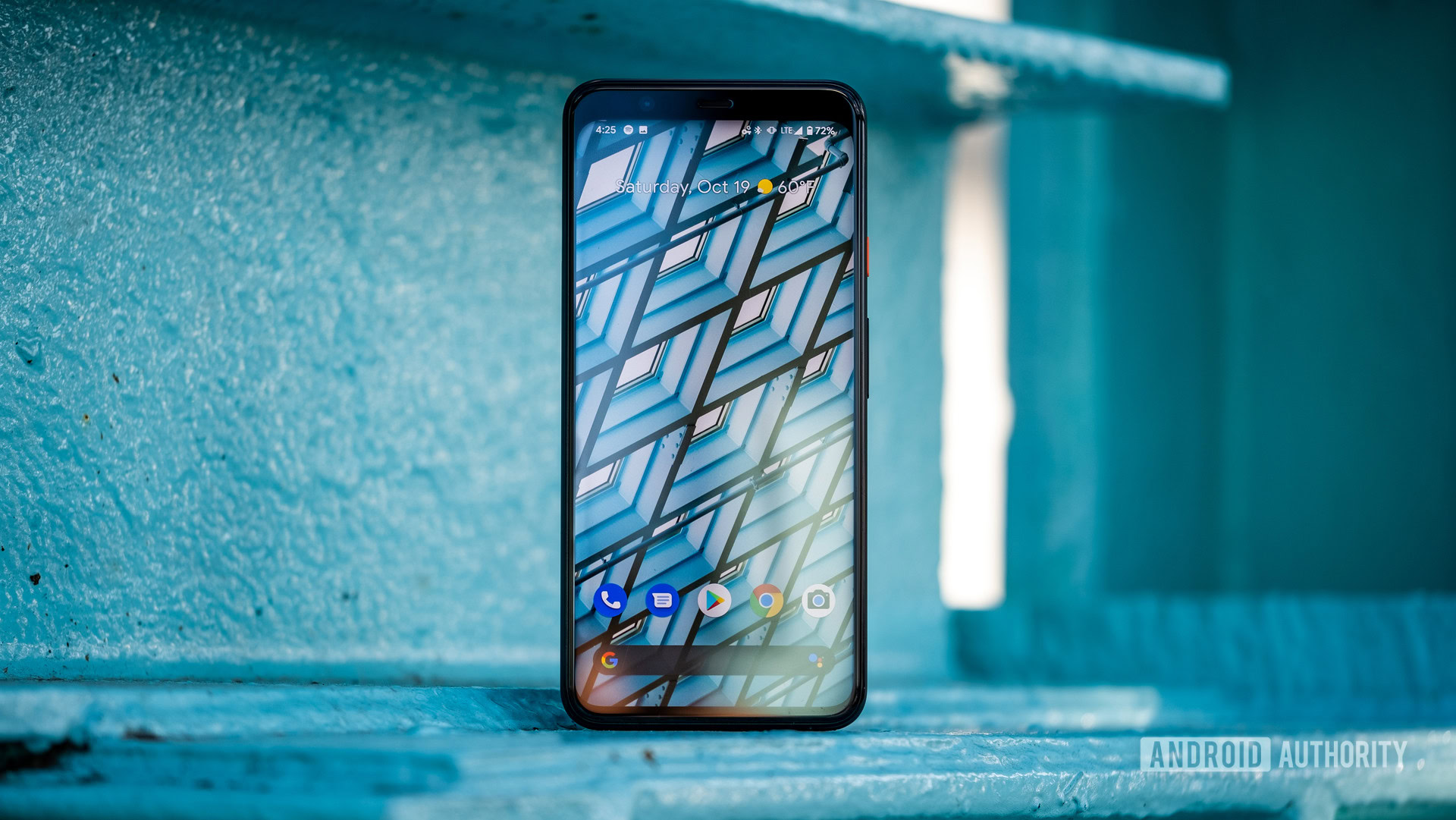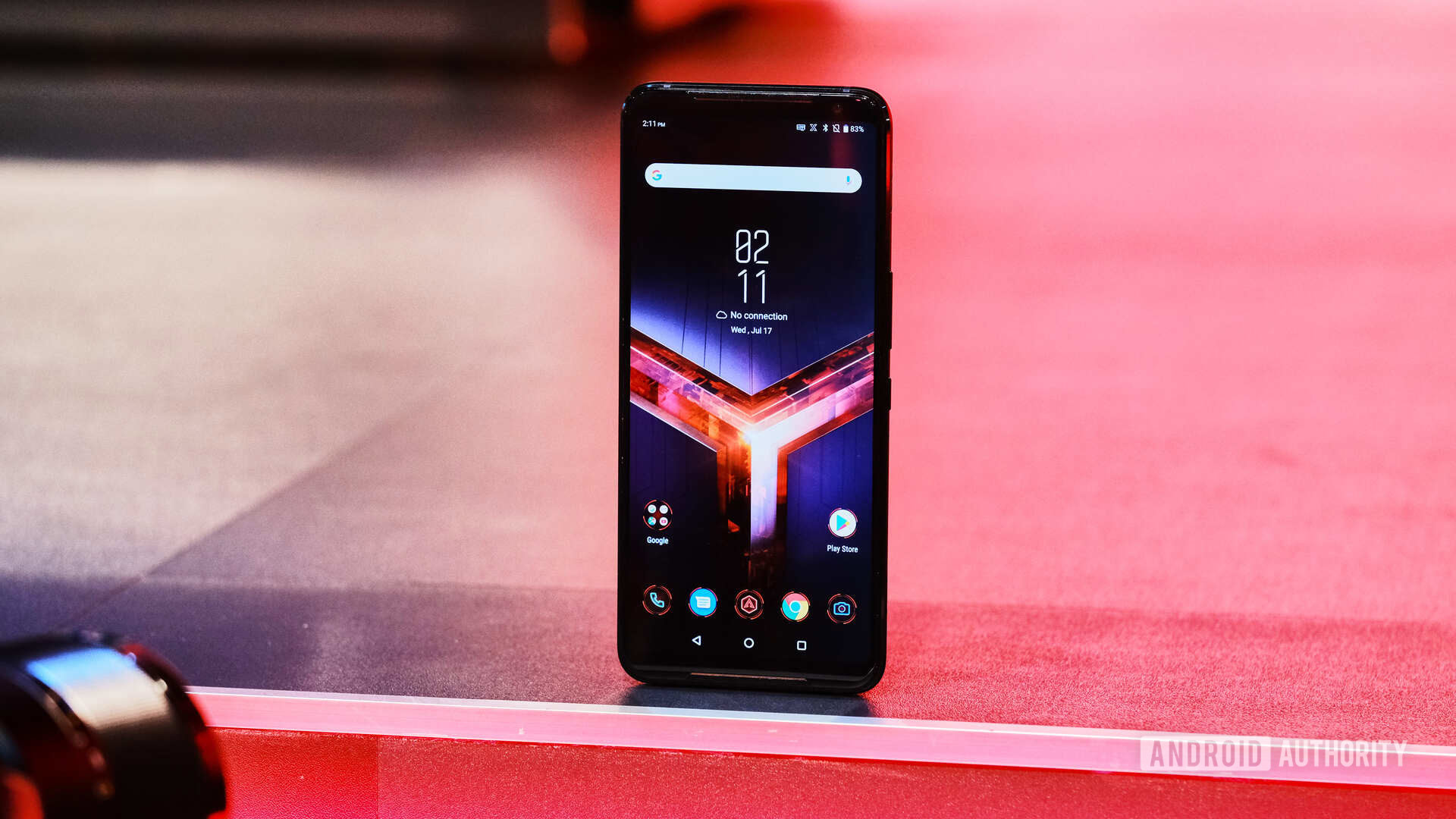Affiliate links on Android Authority may earn us a commission. Learn more.
Here's why Google Pixel 4 refresh rate is tied to brightness

The Google Pixel 4 series is part of a growing number of phones touting higher display refresh rates, resulting in smoother scrolling and performance in supported games.
It emerged earlier this week that Google’s new flagships automatically increase the refresh rate to 90Hz when screen brightness is at 75% or higher. This should theoretically result in much higher power consumption, and the phones don’t have big batteries to begin with.
Now, XDA-Developers has figured out why the Pixel 4 phones increase the refresh rate when brightness is turned up. The outlet dug through Android 10‘s source code and found that screen flickering was a major factor behind the decision.
A more pleasant experience?
“Due to hardware limitation, flickers are seen when switching between 60Hz and 90Hz at low display and ambient brightness,” read an excerpt of a commit. “Force the display to stay at 60Hz when ambient and display brightness are low.”
Furthermore, another reference notes that flickering is more noticeable to the human eyes in darker environments.
In other words, Google is hoping to avoid unpleasant flickering when switching between the different refresh rates. And the phone’s flickering is more noticeable when the device brightness is turned down. It seems like a sound explanation for the decision, although this could almost certainly come at the expense of reduced battery life.

Google previously told Android Authority that the Pixel 4’s refresh rate adjustment was “working as intended,” but noted that it was planning to tweak the functionality anyway.
“In some conditions or situations, however, we set the refresh rate to 60Hz. Some of these situations include: when the user turns on battery saver, certain content such as video (as it’s largely shot at 24 or 30fps), and even various brightness or ambient conditions,” a representative said in an email to us.
“We constantly assess whether these parameters lead to the best overall user experience. We have previously planned updates that we’ll roll out in the coming weeks that include enabling 90Hz in more brightness conditions.”
What do you make of this explanation? Give us your thoughts below.